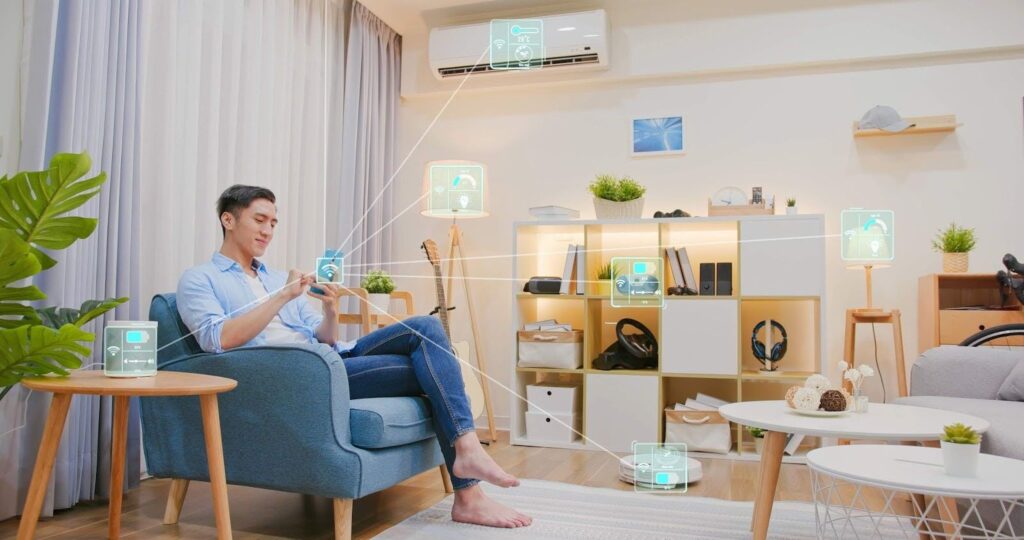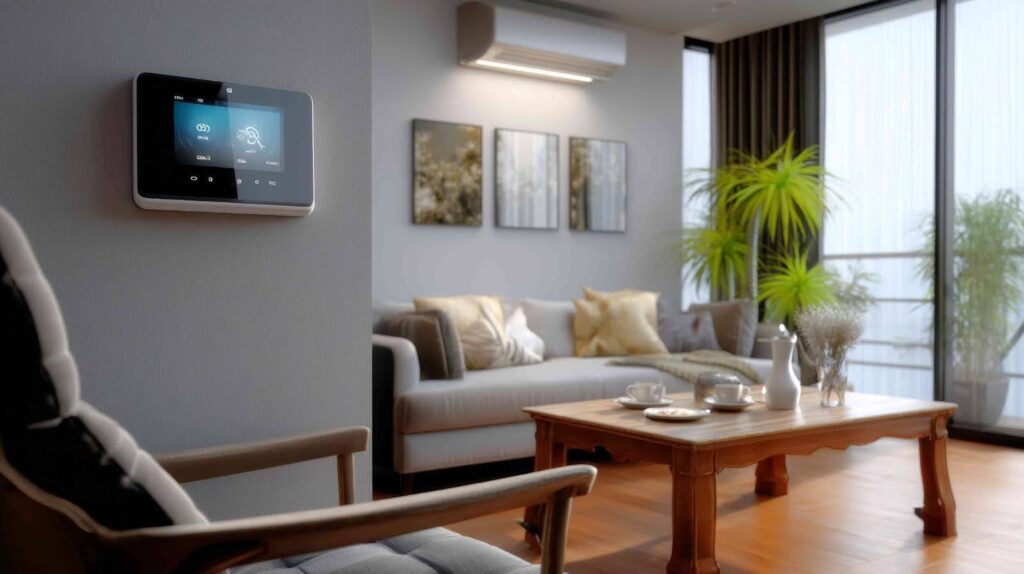Staying cool in summer isn’t just about lowering the temperature. It’s about comfort, control, and energy use. Whether you’re upgrading your current system or installing one for the first time, you’re probably stuck choosing between smart air conditioning and traditional AC. That decision matters. It affects your bills, your routine, and your peace of mind.
Let’s break it down clearly so you can pick the right one for your needs.
Ease of Use and Control
Traditional air conditioners are simple. You set the temperature. You turn the unit on or off. That’s it. There’s usually a remote control or a control panel. It works, but it’s limited.
Smart ACs change the game. You can control them from your phone, even when you’re not home. Forgot to turn the unit off before leaving? Just open the app. Want it cool before you arrive? Set it from the road. Many include voice commands, learning features, and smart schedules.
Some also come with automated air conditioning systems, so settings can adjust automatically based on the time of day or your habits. These setups are often offered by dedicated home automation providers, designed to bring smart, seamless control under one platform.
Energy Efficiency
Traditional AC units don’t adjust on their own. They stay on until you change the setting or shut them off. That can waste energy if you’re not paying attention.
Smart ACs monitor room conditions and respond in real time. They detect when you’re home, sense when you leave, and reduce power when cooling isn’t needed. Some even check the local weather and adjust performance accordingly. By tracking patterns and optimizing output, they help cut unnecessary energy use.
Over time, that can shrink your electricity bill, without extra effort from you.
Installation and Upfront Cost
It’s no secret-traditional ACs usually cost less up front. You pick a unit, plug it in or mount it, and you’re set. For window or split systems, installation is straightforward. You know what you’re getting, and the price reflects that simplicity.
Smart air conditioners may carry a higher price tag. That’s mostly due to built-in sensors, wireless connectivity, and advanced software. But if you already have a smart thermostat or home automation setup, some systems work with what you have. Others need professional installation or extra components.
Bottom line? You’ll spend more on a smart system, but you’re also buying better functionality.
Maintenance and Diagnostics
Old-school AC units don’t tell you when something’s wrong. You hear a noise, see water pooling, or realize it’s not cooling like it used to. Then you call for service and hope it’s not a major issue.
Smart ACs take the guesswork out of the equation. They alert you when the filter needs cleaning. They track how long the unit runs and notify you about possible inefficiencies. Some even offer error codes or detailed logs that technicians can use to speed up repairs.
These features save time, prevent costly breakdowns, and help extend your system’s life.
Integration With Smart Home Ecosystems
Traditional AC stands alone. It’s not part of a larger system. That might be fine if you like keeping things basic.

Smart AC fits into your connected home. You can link it to your lighting, blinds, or security system. Want the AC to start when you unlock the front door? That’s possible. Want it to power down when you activate “away mode”? Also doable.
This kind of integration means less micromanaging and more convenience.
Custom Comfort and Learning Behavior
With a traditional unit, you control the settings. Nothing changes unless you make it happen. That can be tiring, especially if you have different needs throughout the day.
Smart AC goes a step further. It learns your daily routine-when you sleep, when you work, and how cool you like it at different times. Some models even let you set up zones, so each room stays just the way you want it.
You get comfort that adapts to your life, not the other way around.
Security and Data Privacy
Traditional units don’t connect to the internet. There’s no data to worry about, no privacy settings to manage. That’s a plus if you’re cautious about smart technology.
Smart ACs rely on cloud systems, apps, and Wi-Fi. That means data is shared. It might include your location, usage habits, or account credentials. Most companies use strong encryption and security tools, but it’s still important to choose trusted brands and set strong passwords.
If you’re comfortable using apps and smart devices, this shouldn’t be a deal-breaker. But it’s worth thinking about.
Suitability and User Preferences
Not everyone needs smart air conditioning. If you’re home most of the time, if you prefer simple controls, or if you want to avoid app setups, a traditional AC might suit you best. It does the job with no fuss.
But if you travel often, manage a busy household, or enjoy smart tech, a smart AC is worth the upgrade. It offers better control, better comfort, and long-term efficiency.
Also consider your budget. If the higher cost of smart AC makes you hesitate, look into models with optional Wi-Fi modules. You can start basic and upgrade later.
Future-Proofing and Updates
Traditional AC units tend to stay the same from day one. What you buy is what you get-no software upgrades, no new features, no expanded control.
Smart ACs, on the other hand, often improve over time. Manufacturers roll out firmware updates that add functionality, fix bugs, or boost efficiency. Some systems even integrate with new platforms as smart home tech evolves. If you’re looking for a long-term solution that can grow with your needs, a smart system gives you that flexibility.
You’re not just buying cooling. You’re investing in something that can stay current.
Final Thoughts
So, what’s the real difference? Traditional AC is dependable and straightforward. It cools your space without bells and whistles. But you do the work-adjusting, monitoring, and maintaining it yourself.
In contrast, smart air conditioning takes care of the details. It’s convenient, connected, and efficient. With features like app control, automation, learning behavior, and even firmware updates, it gives you better comfort, better control, and better energy use with less effort.
In the end, both systems keep you cool. The difference lies in how much control you want and how much smarter you’d like your cooling to be.

